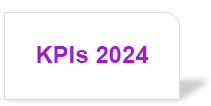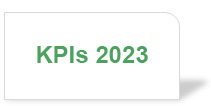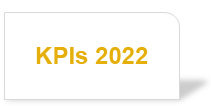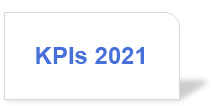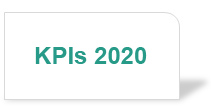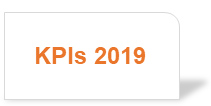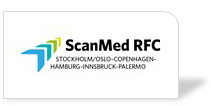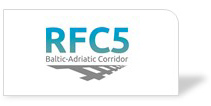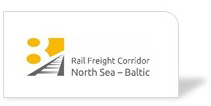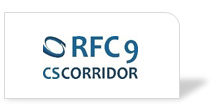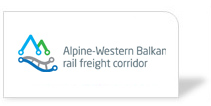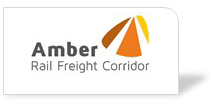Article 19 (2) of Regulation (EU) 913/2010 concerning a European rail network for competitive freight requires the Management Boards of the RFCs to monitor the performance of rail freight services on their respective freight corridors and publish the results once a year.
To facilitate the fulfillment of the above obligation, in 2015, a joint RNE-RFC project team developed a first set of KPIs commonly applicable to all RFCs. These KPIs were included into the Guidelines ʻKey Performance Indicators of Rail Freight Corridors’.
The further development of commonly applicable KPIs was triggered by the Rotterdam Sector Statement of 2016. One of its priority projects was to monitor the quality of freight services by means of implemented and shared KPIs. To meet this requirement, the sector developed certain proposals and those which were proved feasible have been added to the set of commonly applicable RFC KPIs.
The current set of commonly applicable KPIs is displayed below.
In addition, an RNE/RFC KPI Coordination Group has been established, aiming to coordinate the harmonised use of these KPIs and to evaluate their use on a yearly basis.
Joint Publication of RFC KPIs
The RFCs provide a harmonised overview of the figures of their commonly KPIs available below.
Per year of publication:
The KPIs reflect the performance of each individual RFC, therefore, when comparing the figures of various RFCs, the specificities of each one have to be considered. Each RFC may apply any additional KPIs, which are published in their annual reports on their websites and/or on the Customer Information Platform (CIP), where applicable.
Please refer to the annual reports of the individual RFCs for comprehensive information concerning the figures and their analysis. In addition, you can find the description of each commonly applicable KPI in the RNE ‘Guidelines for Key Performance Indicators of Rail Freight Corridors’.
